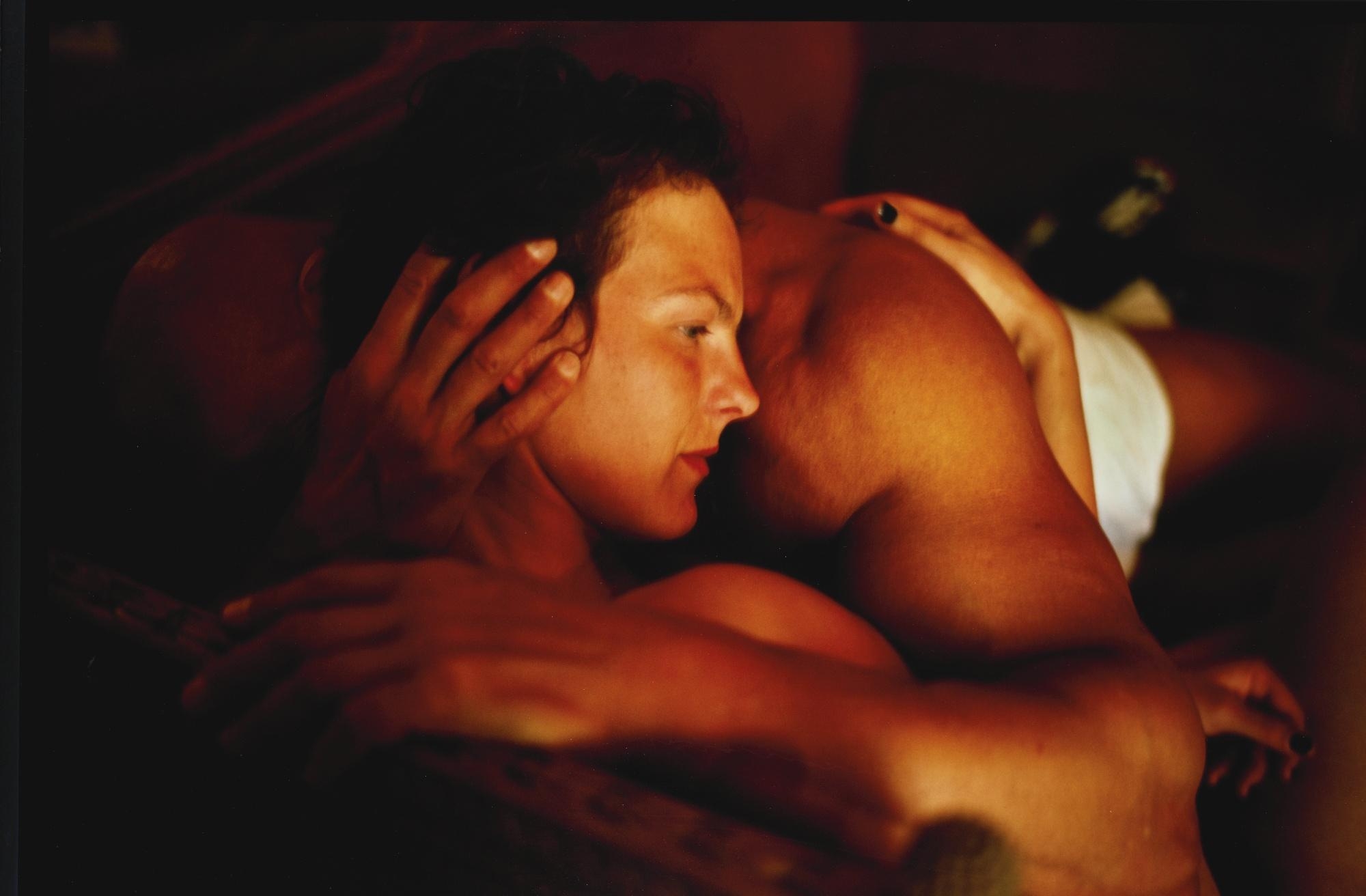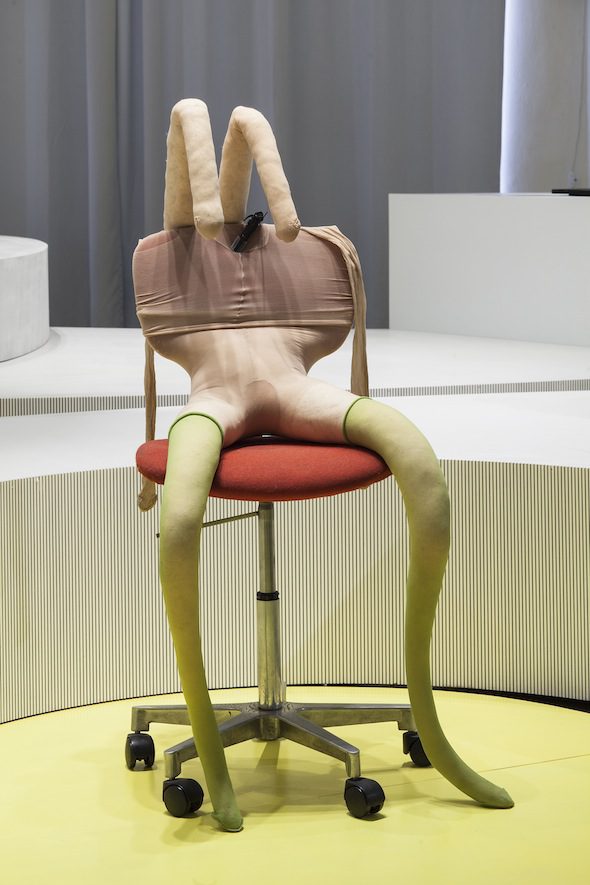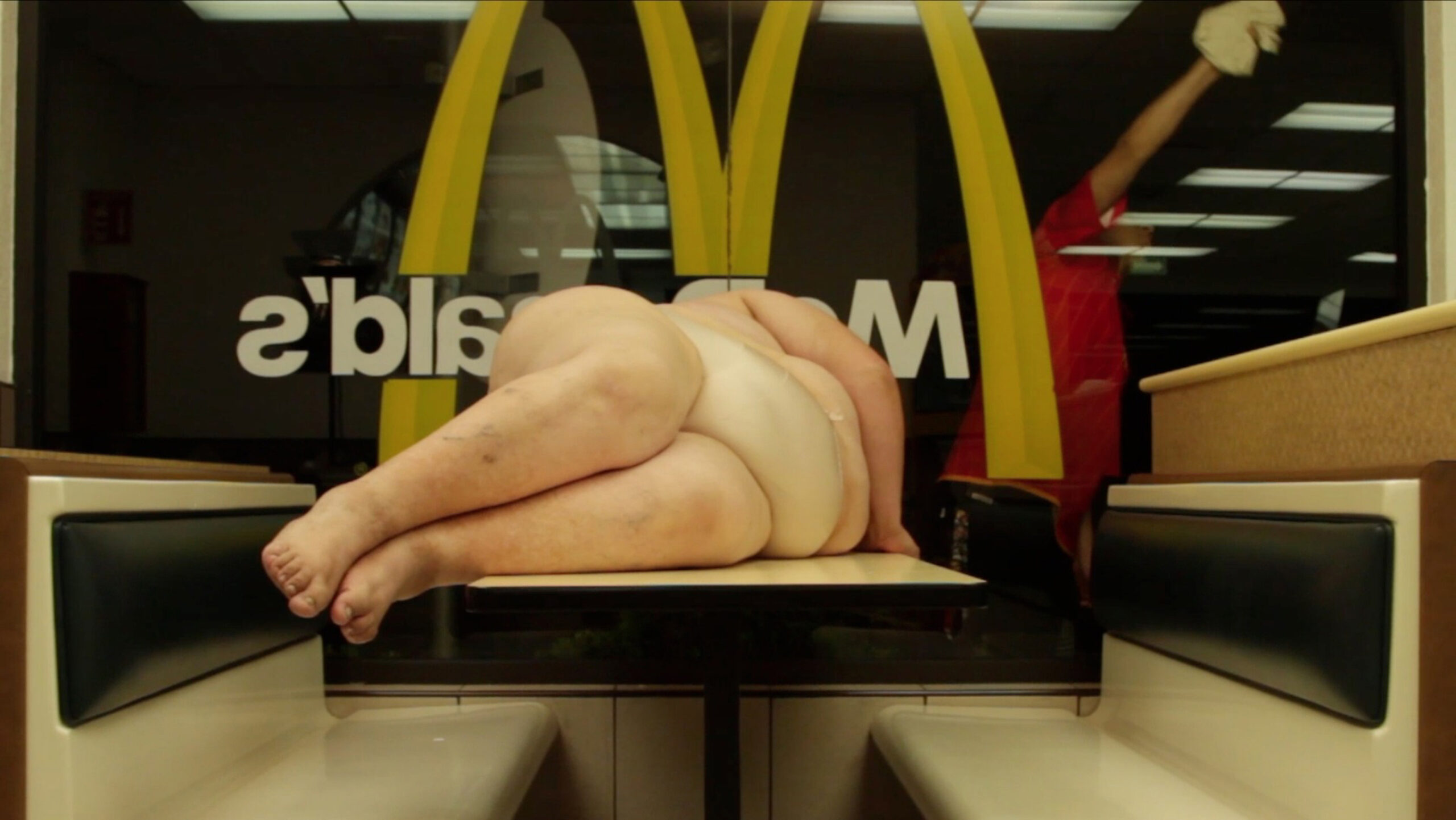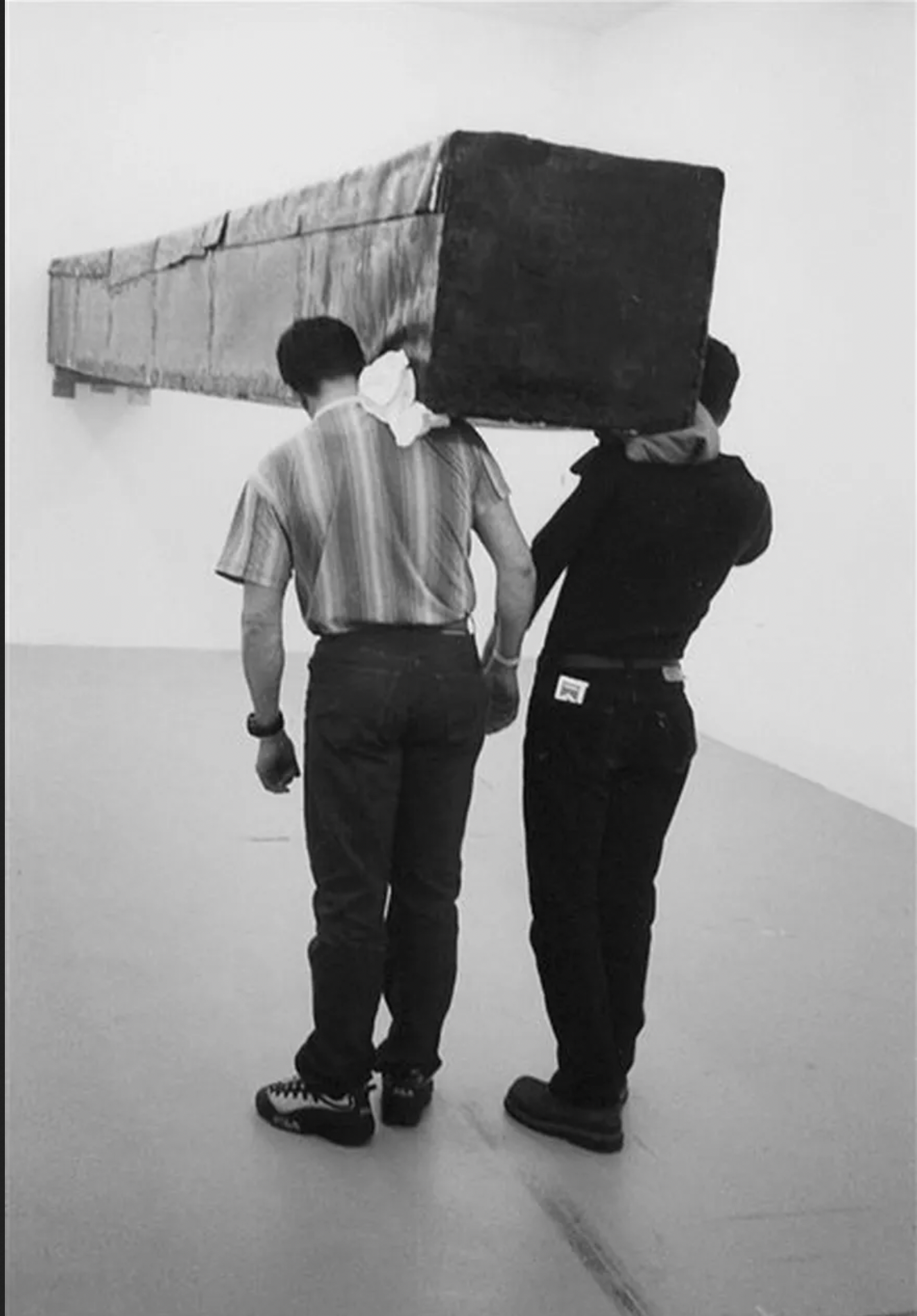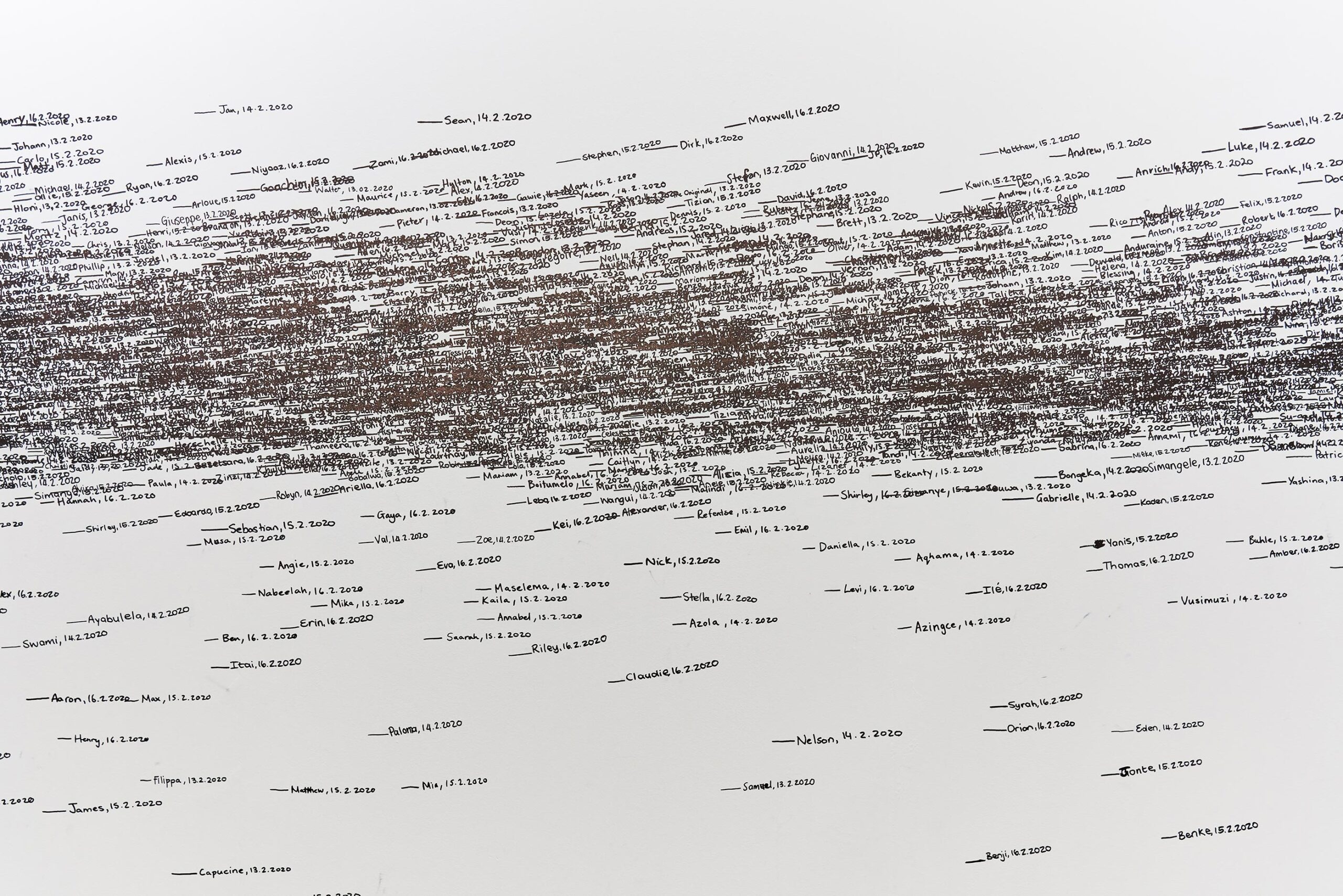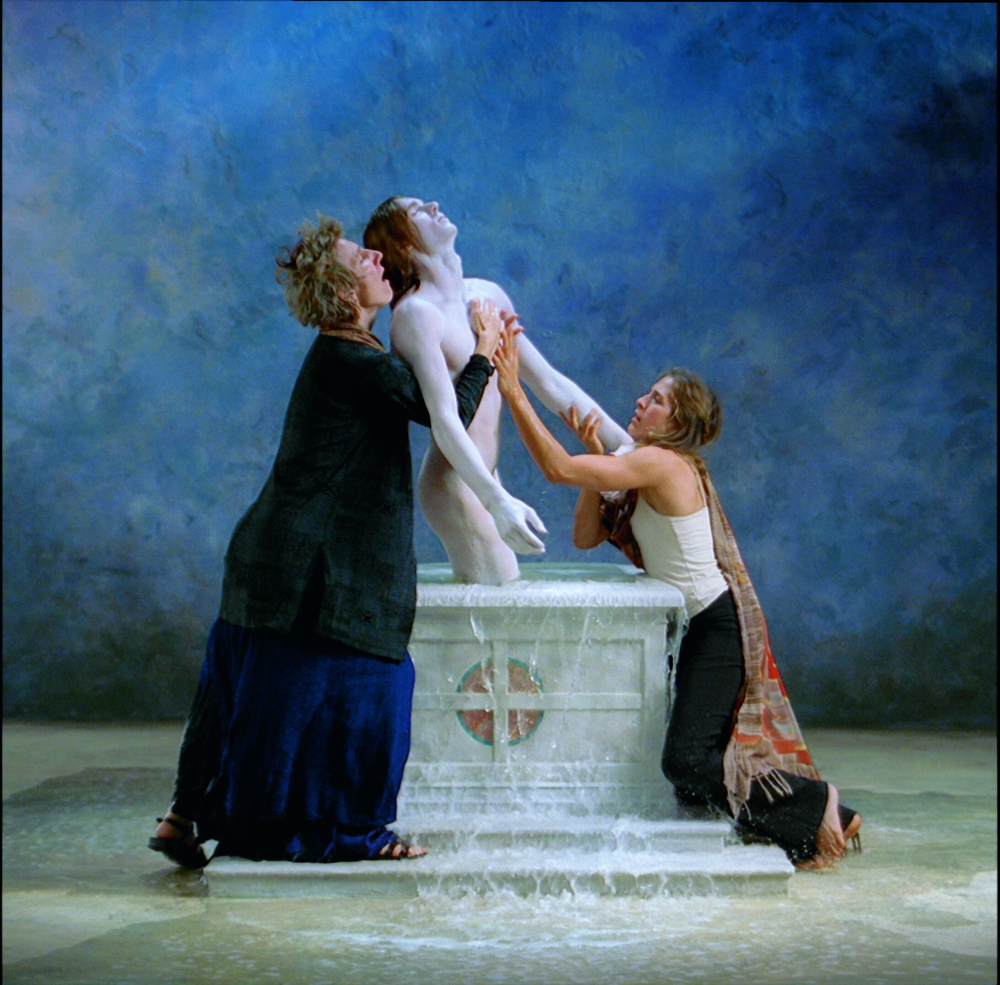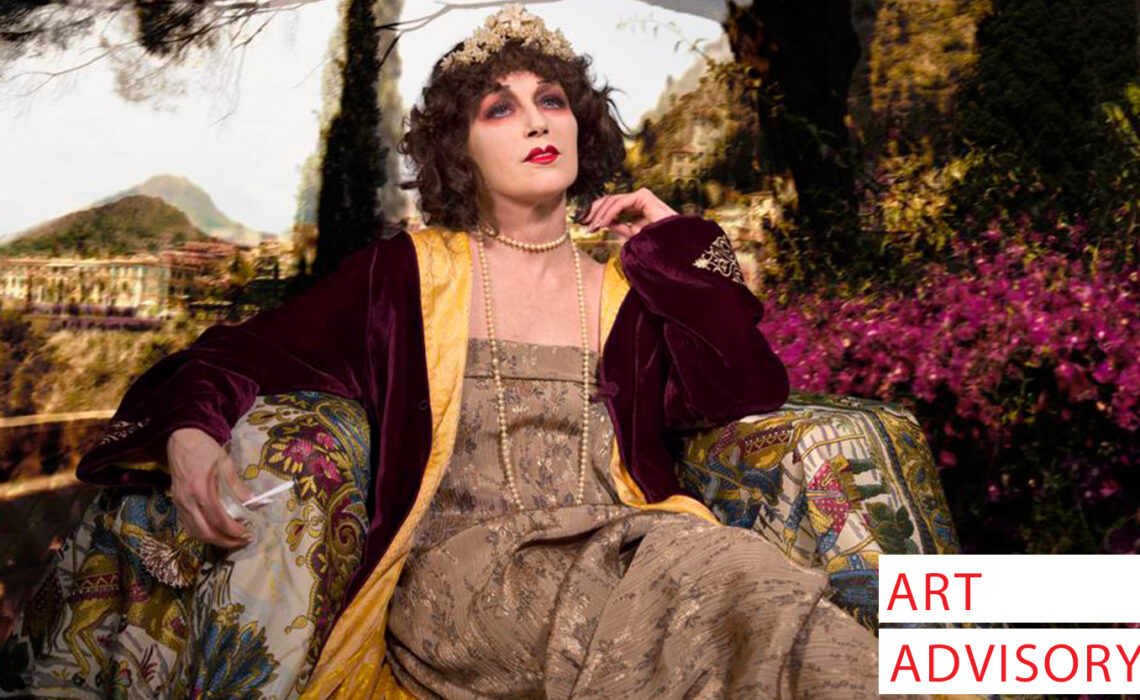
The Representation of Body in Contemporary Art
Body as a means of representation has always been present through art history. But why have artist been deeply interested in explore the human body?
The human body is central to how we understand facets of identity such as gender, sexuality, race, and ethnicity. People alter their bodies, hair, and clothing to align with or rebel against social conventions and to express messages to others around them. Many artists explore gender through representations of the body and by using their own bodies in their creative process.
- Cindy Sherman, Untitled #153, 1985
The 1960s and 1970s were a time of social upheavals in the United States and Europe, significant among them the fight for equality for women with regards to sexuality, reproductive rights, the family, and the workplace. Artists and art historians began to investigate how images in Western art and the media—more often than not produced by men—perpetuated idealizations of the female form. Feminist artists reclaimed the female body and depicted it through a variety of lenses.
1. Identity
- Vanessa Beecroft, Black Madonna With Twins 4, 2006.
2. Sexuality
- Nan Goldin, The Ballad of Sexual Dependency, 1986-2007
3. Feminism
- Sarah Lucas, Lucas: Bunny gets snookered #3, 1970
4. Consumer Society
- Yoshua Okón, Freedom Fries, 2014
5. Workforce
- Santiago Sierra, Forma de 600 x 57 x 52 cm construida para ser mantenida en perpendicular a una pared (2001)
6. Presence / Absence
- Roman Ondak, Measuring the Universe, 2007.
7. Religion
- Bill Viola, Emergence, 2002



